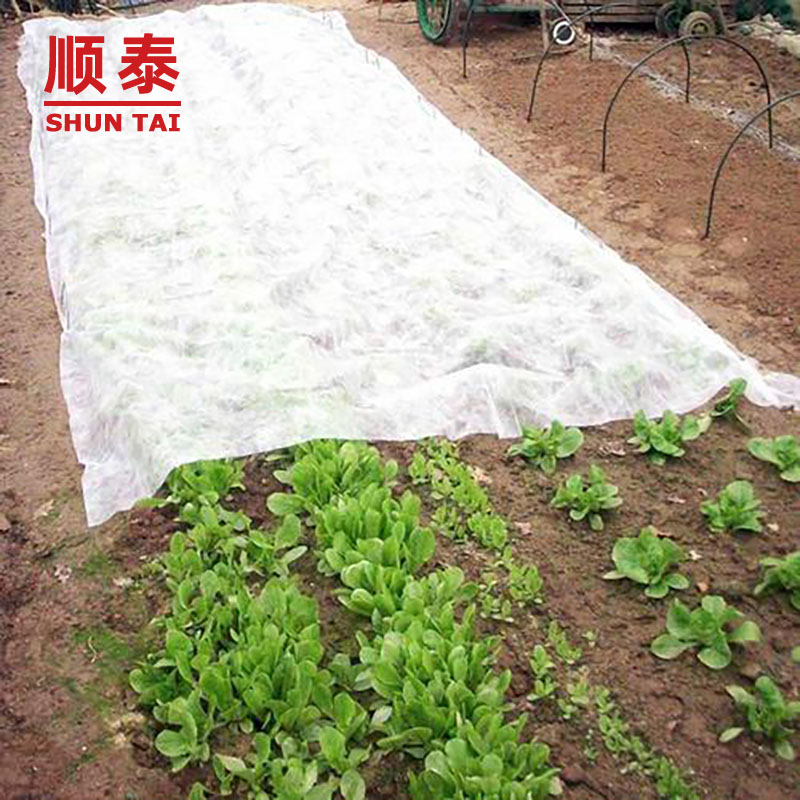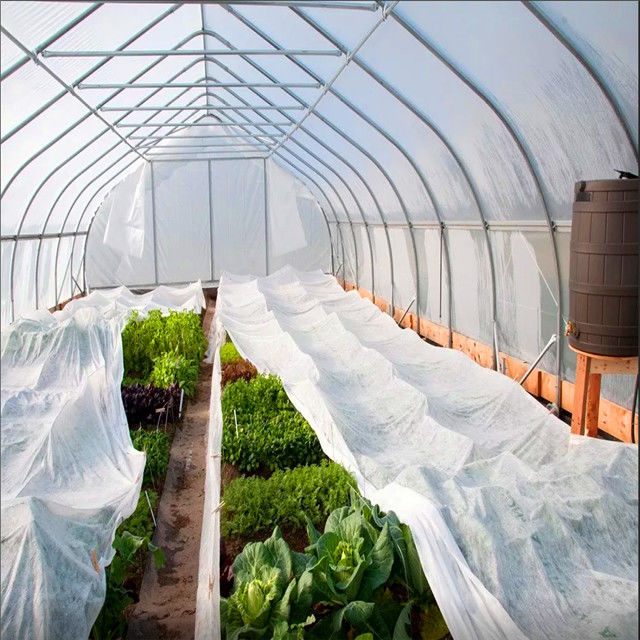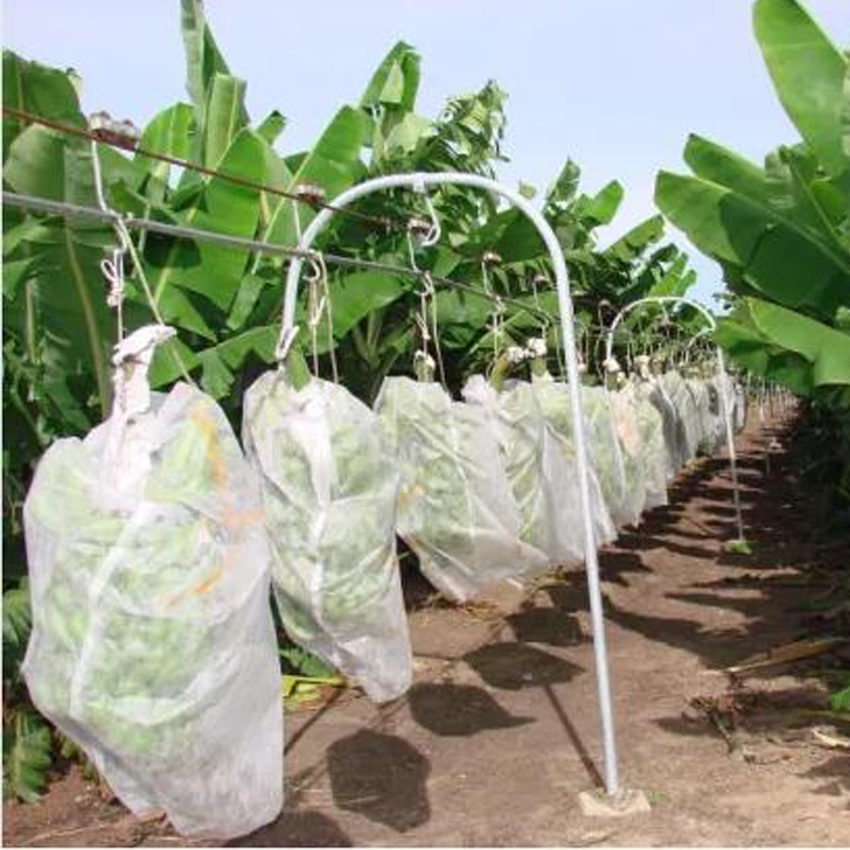
Non-woven Industry Development Non-woven fabric is a product that came out of the petrochemical sector following the invention of plastic cloth (film). It is less heavy than plastic fabrics and has more ventilation. It is often used in sanitary and medical items like sanitary napkins as well as facial towels, filters and more., and was later developed and applied in engineering. Non-woven fabrics are used in the production of vegetable products to protect against cold damage. Although non-woven fabrics have an entirely different manufacturing process than plastic films, the fundamental raw materials are quite similar. It includes polyvinyl chloride (PVC) (polyethylene), PE (polyethylene), EVA copolymer (Ethylene Vinyl Acetate), PVA/polyvinyl alcoholand many more. You can make a thin plastic film from conventional plastic by melting it and inflating. It is continuous. It can be stretched for a long time. The surface of the film is free of pores. It is inert, and it blocks all exchange and movement of molecules. Chemical fibers made of synthetic materials, made of the listed raw materials were the most popular product in the textile industry. But, these fibers can still form cloth using traditional warp or weft weaving. Non-woven materials are created by reshaping the fibers in the same plane at various angles throughout the entire direction instead of traditional methods of warp and weft. In comparison to traditional woven fabrics, it has better material characteristics, and the production process can proceed from the raw material to final items in one go. This is a better alternative to weaving that requires drawing in fibers. In recent years, non-woven fabrics were frequently used in the garment sector. Non-woven fabric has been used in a broader range of applications over the past few years because of advancements in production and material science technology. You will find a variety of different materials and products all over your everyday life. The popularity of non-woven fabrics in agriculture has increased mainly because of their lightness, easy production, and variety. Look at this non woven weed fabric for more information.

Applications of Non-Woven Fabrics in the Agricultural IndustriesNon-woven fabrics first introduced to the agricultural industry in Europe in 1978 to keep the carrots warm during harvesting in the early hours, and also to prevent tomato leaf viruses and whiteflies. In the United States non-woven fabrics are employed to mulch cantaloupes, sweet peppers, tomatoes roots, carrots, root vegetables and radishes, cabbage lettuce, and many other vegetables. It is used primarily for heat preservation, early harvesting, and for insect control. Non-wovens are a great way to cover grass-proof mats and raise the temperature of soil. Short fiber is also utilized for the production of water absorbent blankets, which are then sprayed on nursery beds so that the roots can fully absorb water. They can be utilized to create turf or directly used as lawns for gardens. They are utilized to plant large trees, such as garden trees and fruit trees. In Taiwan, in addition to the above-mentioned functions, non-woven fabrics are utilized in crop protection. These are used extensively to control large greenhouses' climate and save energy. Canopy curtains are double-layered and help reduce heat absorption and radiation in the evening. TAVIK fabrics are high-density non-woven spun-bonded TAVIK fabric that was employed in the beginning for shading and protecting cauliflower bulbs. It was quickly adopted by farmers because of its thermal conductivity that was low and shading capability. It was later employed to guard leaf vegetables against insects and shade the trees and plants of fruit trees. Due to Taiwan's unique climate and climate, the non-woven industry's growth is slow. The Taiwanese manufacturers of nonwoven fabrics are continuing to innovate nonwoven technologies. The focus of Taiwan manufacturing of nonwoven fabrics is on water absorption air permeability, as well as water repellency. It has increased its research in order to enhance its capability to store and preserve agricultural products and hopes that it can develop additional applications. See this wholesale agriculture non woven fabric for more information.
